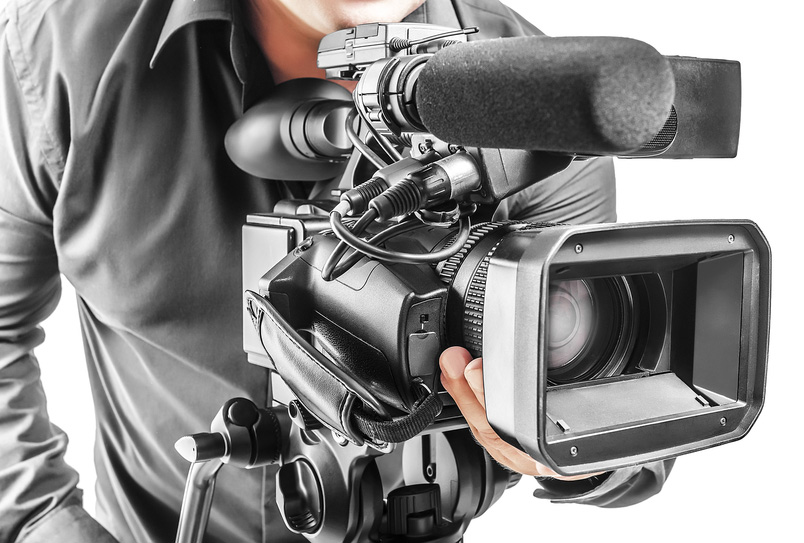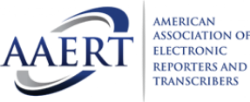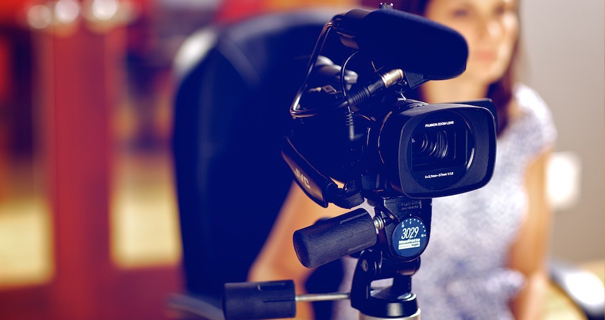Legal Videography: A Key Element in Building Strong Legal Cases
Legal Videography: A Key Element in Building Strong Legal Cases
Blog Article
Why Legal Videography Is Essential for Accurate Court Recordings
The duty of legal videography in court settings can not be overemphasized, as it serves as a vital tool for preserving the integrity of court records. The effects of incorporating lawful videography right into conventional court room methods increase crucial questions about its broader effect on the legal system.
Importance of Visual Proof
In the realm of lawful process, the relevance of visual evidence can not be overstated. Aesthetic evidence acts as an effective device in establishing realities, proving testimonies, and enhancing the general quality of an instance. This sort of evidence, which consists of pictures, video clips, and layouts, can offer a tangible context that spoken summaries typically lack, thereby providing courts and judges a clearer understanding of the situations surrounding an instance.
Additionally, visual proof aids in the retention of information. Human cognition is inherently aesthetic, and individuals are most likely to keep in mind and comprehend details provided in a visual style. In the court room, this can be important, as engaging visual evidence can sway opinions and reinforce the story offered by legal reps.
In addition, the use of aesthetic proof can reduce misconceptions and uncertainties that commonly emerge from verbal exchanges. By providing a direct representation of events, visual proof assists to get rid of subjective interpretations and promotes an extra objective assessment of the realities. The integration of visual evidence into legal proceedings not only strengthens the honesty of the judicial procedure however likewise improves the probability of achieving a just result.
Catching Non-Verbal Cues
Making use of sophisticated videography strategies can considerably enhance the capture of non-verbal cues during legal procedures. Non-verbal interaction, consisting of faces, body language, and eye call, plays a vital duty in communicating emotions and intents that may not be explicitly mentioned in verbal statement. legal videography. Legal videography employs high-definition cams and critical angles to make certain that these subtle signs are recorded with clearness and accuracy
The capability to evaluate non-verbal behavior can give beneficial context to statements made during court sessions. For example, a witness's unwillingness or confidence can be translated via their posture or gestures, possibly influencing the court's assumption of trustworthiness. The use of close-up shots can help focus on an audio speaker's expressions, permitting for an extra nuanced understanding of the testament.
Moreover, incorporating several cam angles can produce an extensive sight of communications, highlighting dynamics in between celebrations included. This diverse technique not just boosts the accuracy of the court document but also aids in preserving the stability of the judicial process - legal videography. Eventually, recording non-verbal hints via legal videography cultivates a richer, a lot more full depiction of courtroom process

Enhancing Statement Dependability
The reliability of statement can be significantly reinforced through making use of high-quality legal videography. Video clip recordings act as an unbiased tool that catches not just the talked words of witnesses however additionally the subtleties of their shipment, including tone, pacing, and psychological expressiveness. This diverse paperwork offers a clearer understanding of the witness's credibility and intents, which can be pivotal in legal proceedings.
In addition, lawful videography reduces the possibility for misinterpretations that might occur from written transcripts alone. When jurors can observe a witness's temperament and body language in combination with their statement, they are much better geared up to assess the credibility and reliability of the evidence presented. This aesthetic context can strengthen the testimonial story, making it much more engaging and credible.
In addition, the visibility of a video recording can hinder prospective inconsistencies in statement. Witnesses might be extra careful in their declarations when they understand they are being recorded, bring about more exact and sincere accounts. On the whole, high-quality lawful videography enhances the integrity of testimony, ensuring that the court has access to a total and truthful representation of the truths as communicated by the witnesses.
Sustaining Appeals and Reviews
Legal videography plays a critical role in sustaining appeals and testimonials by giving a comprehensive visual document of court room procedures. This visual paperwork captures not just the spoken words of witnesses and lawyers but likewise the subtleties of body language, tone of voice, and courtroom characteristics. Such aspects can be critical in recognizing the context of testaments and disagreements provided.
In the appellate procedure, where the focus gets on errors of regulation and step-by-step fairness, a video record can work as a vital tool for appellate courts. It makes it possible for courts to examine the original trial context, ensuring that choices are based upon a total understanding of the process. The ability to aesthetically analyze the attitude a knockout post of witnesses or the interactions in between events can reveal understandings that created transcripts may ignore.

Additionally, lawful videography can assist in clarifying ambiguities in testimonies or procedural rulings, thereby reinforcing the basis for a charm. By using a reputable, objective account of what transpired in court, lawful videography not only sustains the integrity of the legal process but likewise empowers all events included to make enlightened choices concerning their cases.
Enhancing Courtroom Procedures
Enhancing courtroom performance, legal videography enhances procedures by giving immediate access to visual documents of procedures. This innovation enables courts, attorneys, and juries to review vital testament and evidence, making certain that all events have a clear understanding of the instance. By catching the subtleties of spoken and non-verbal interaction, videography improves the record, making it easier to grasp the context and weight of testimonies.

In addition, video clip recordings can assist in remote engagement in hearings, allowing for greater adaptability in organizing and engagement, which is especially valuable in complex situations involving several stakeholders.
Conclusion
To conclude, lawful videography plays check out this site a vital duty in ensuring precise court recordings by supplying necessary aesthetic proof that catches both spoken and non-verbal communication. This technique boosts the dependability of testimonies, sustains appellate reviews, and improves court visit this web-site procedures. By promoting a detailed understanding of courtroom characteristics, lawful videography eventually adds to a lot more equitable judicial end results, strengthening the integrity of the legal system and assisting in notified decision-making.
Report this page